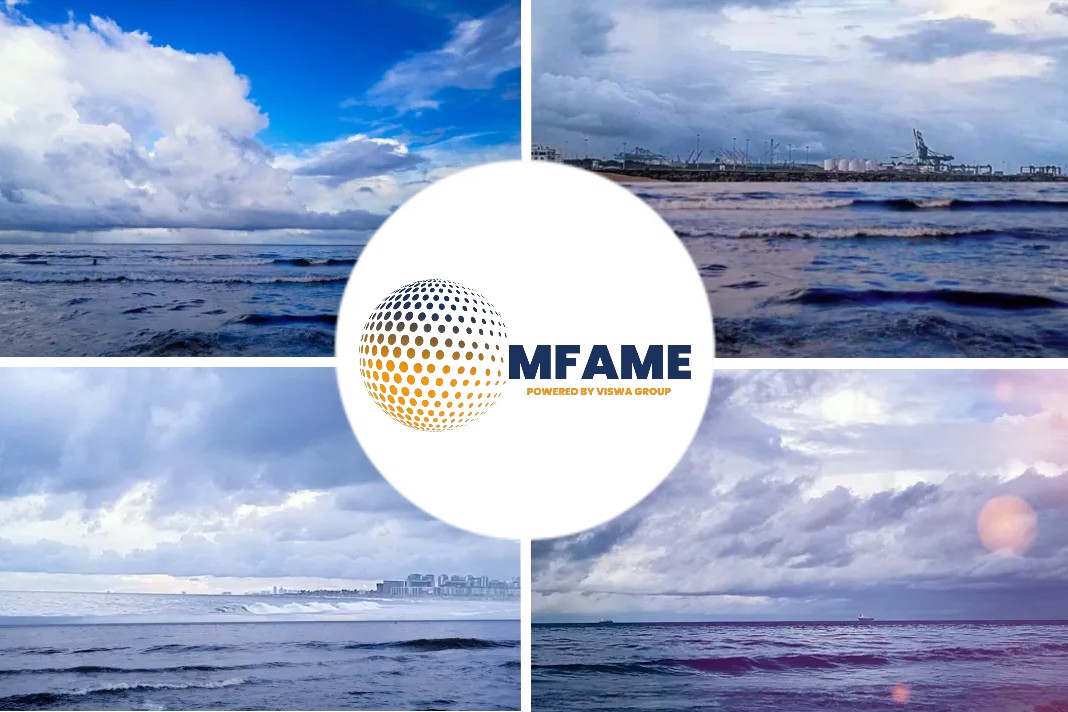
Polymer freight costs have been on a wild ride over the past couple of years, with container shipping rates hitting record highs in the middle of the Covid-19 pandemic and for the most part of 2021. But the past year has seen a reversal, with spot rates on most port pairs on front-haul lanes falling back to around pre-pandemic levels, reports Argus Media.
Economic headwinds and carriers’ response
As of 22 June, Freightos-derived Argus polymer freight rates on the key Shanghai-Antwerp and Busan-Antwerp routes were $49.50/t and $52.50/t, respectively, down by 92-93pc from peaks of $650.50/t and $703/t on 9 December 2021. The downtrend began at the end of the first quarter 2022 as accelerating inflation in the eurozone and the US led to a cutback in consumer spending. With the subsidence of lingering bottlenecks, which had kept freight rates elevated and well above historical averages in the first half of 2022, rates on both lanes fell rapidly to mid-high double digits by the end of the year.
Macroeconomic developments lay at the heart of the steeper fall in the second half of 2022, with pent-up demand for goods receding as consumers tightened their belts. Central banks responded to persistently elevated inflation with tighter monetary supply and consecutive increases in interest rates — a cycle that is yet to end. As of 23 June, the US Federal Reserve rates are at a 16-year high of 5-5.25pc, and those of the ECB at a 22-year high of 3.5pc. The Bank of England has raised rates to a 15-year high of 5pc.
Inflation has eased slightly from peaks earlier in the year but remain well above central banks’ targets of 2pc, which have induced market expectations of interest rates being higher for longer. Consequently the economic outlook for the coming quarters appears stagflationary at best, and recessionary at worst — both of which indicate low confidence of a short-term recovery in consumer spending.
Against this backdrop container carriers have taken supply-side measures, mainly in the form of blank sailings and slow steaming. The average sailing speed slowed by 4pc on the year to 13.8 knots in the first quarter, and could drop by 10pc before 2025, according to the shipping organisation Bimco.
These capacity management measures have helped in bringing some stability to container shipping markets, with Freightos-derived Argus polymer freight rates on the Shanghai-Antwerp and Busan-Antwerp lanes oscillating so far this year in a range of $49.50-71.50/t and $52.50-81/t, respectively. Meaningful upside could be distant, given the capacity additions on the horizon. New container ship orders stood at a record 7.5mn twenty foot-equivalent units (TEUs) in April — equivalent to 29pc of the existing fleet — of which 4.9mn TEUs were for delivery before the end of 2024. Bimco expects 0.9mn TEUs to be scrapped, and the fleet to reach 29.8mn TEUs by December 2024, around 16pc higher from December 2022.
Polymer sellers in a pickle
These developments will have profound implications on global polymer trade. Sellers are already challenged by bleak demand and oversupply, and this situation will be compounded by low freight rates and reduced logistical bottlenecks. High freight rates contributed to a wide disconnect between polymer prices globally, but these will now be kept in check by competitive exports from other regions.
In Europe the protection freight rates provided against competitive imports has gone, and producers are resorting to aggressive pricing strategies to defend their market share. The low ends of European spot prices for many polyethylene (PE) and polypropylene (PP) grades are below import parity prices in June, with sellers seeking to ensure offtake from buyers and mitigate the lingering supply overhang.
This underlying basis risk could constrain the amount of polymers being moved, even with the numerous new PE and PP plant start-ups on the horizon in Asia-Pacific. Many sellers and buyers in Europe are showing reduced appetite for working long-haul import arbitrages from east Asia, instead preferring sourcing domestically with shorter lead times to delivery — especially where price differentials are minimal. Shipping lead times have slightly increased on east Asia to Europe routes as a consequence of slow steaming. As of 22 June, average container shipping times on the Busan-Antwerp and Shanghai-Antwerp lanes were 46 and 39 days respectively, and could extend out to as many as 65 days, according to Freightos.
The lack of forward demand and price visibility make long-haul arbitrages a risky venture for many regions, where competitively priced alternatives are available. Many traders are also spooked by the sharp fall in European prompt spot PE and PP prices so far in the second quarter, and in June particularly, which could have resulted in negative financial returns on import trades in some cases. Any risks posed by extraordinary logistical disruptions — such as the six-day Suez Canal blockage in March 2021 — cannot be overlooked by sellers in their cost-benefit analysis of working long-haul imports. Yet the wide availability of import offers based off reduced freight rates will continue to give buyers leverage in pricing discussions, whether or not physical volumes increase.
Did you subscribe to our daily Newsletter?
It’s Free! Click here to Subscribe
Source: Argus Media






















